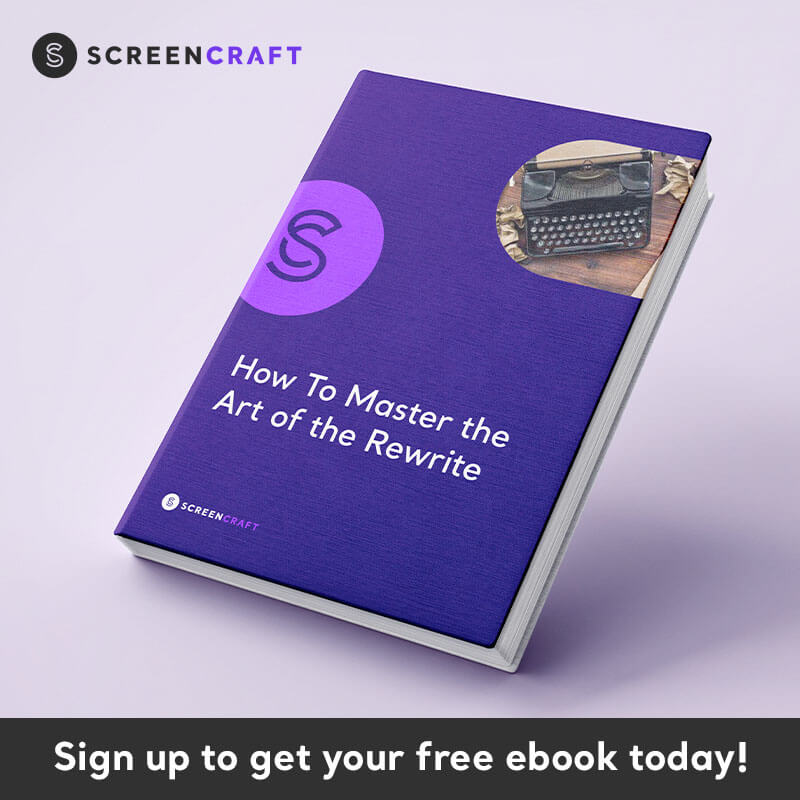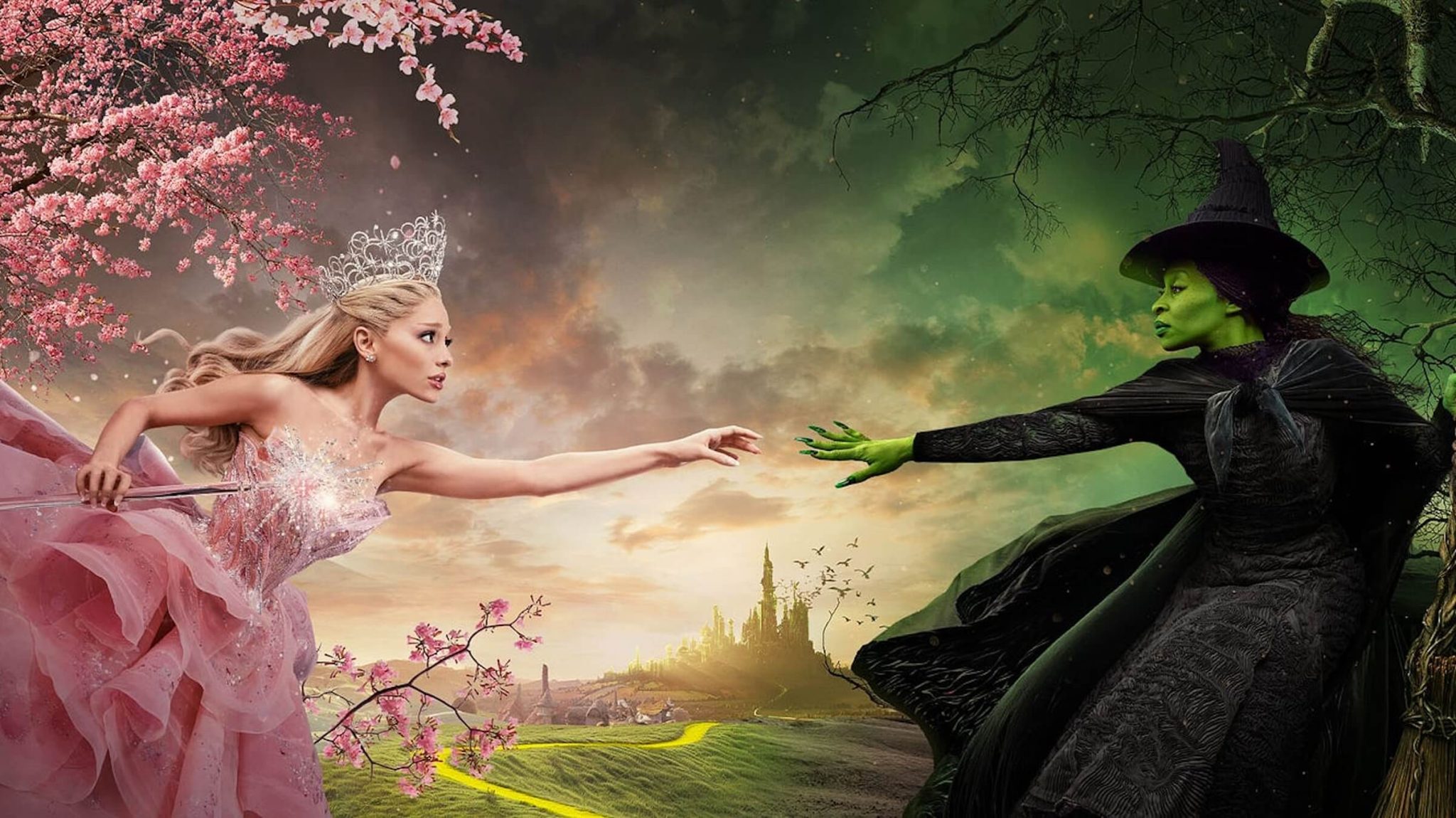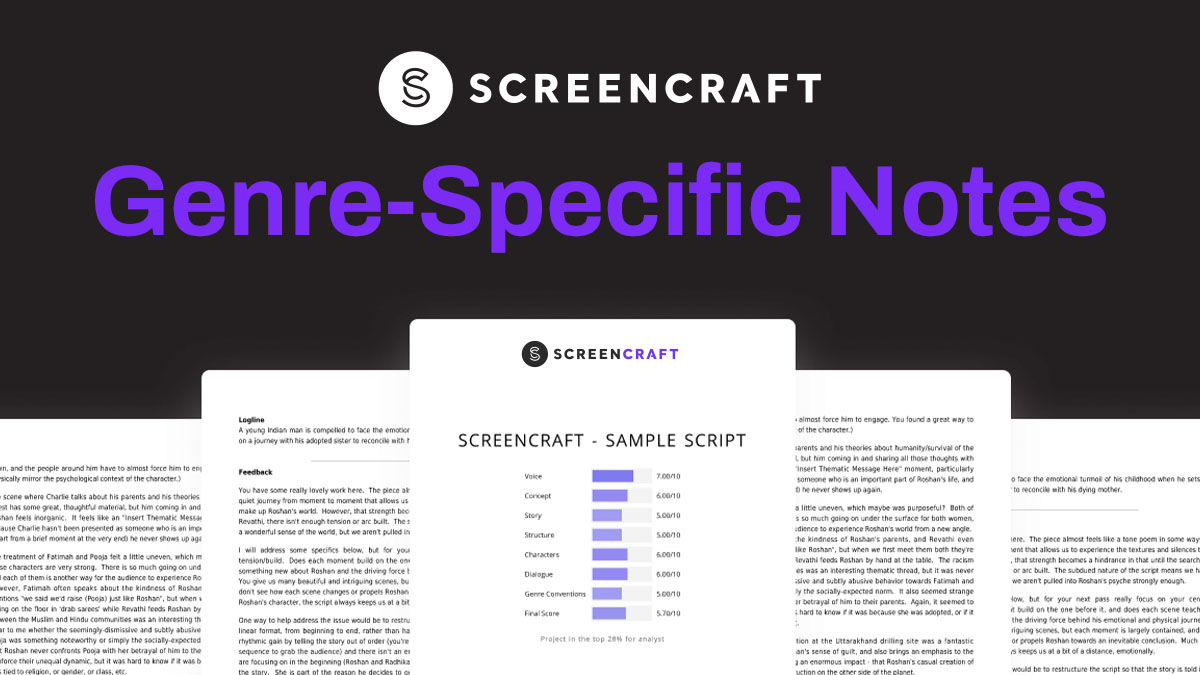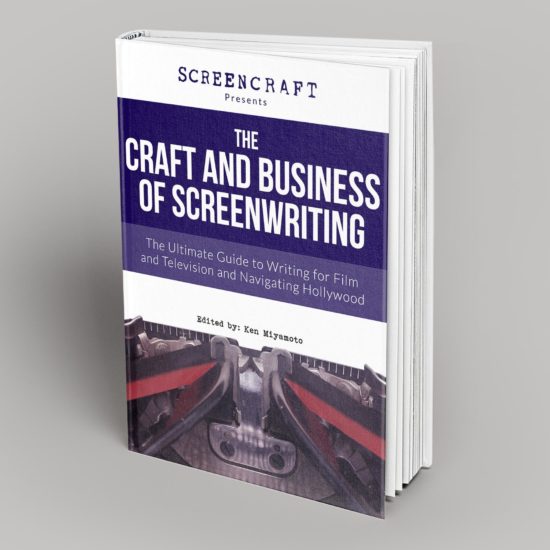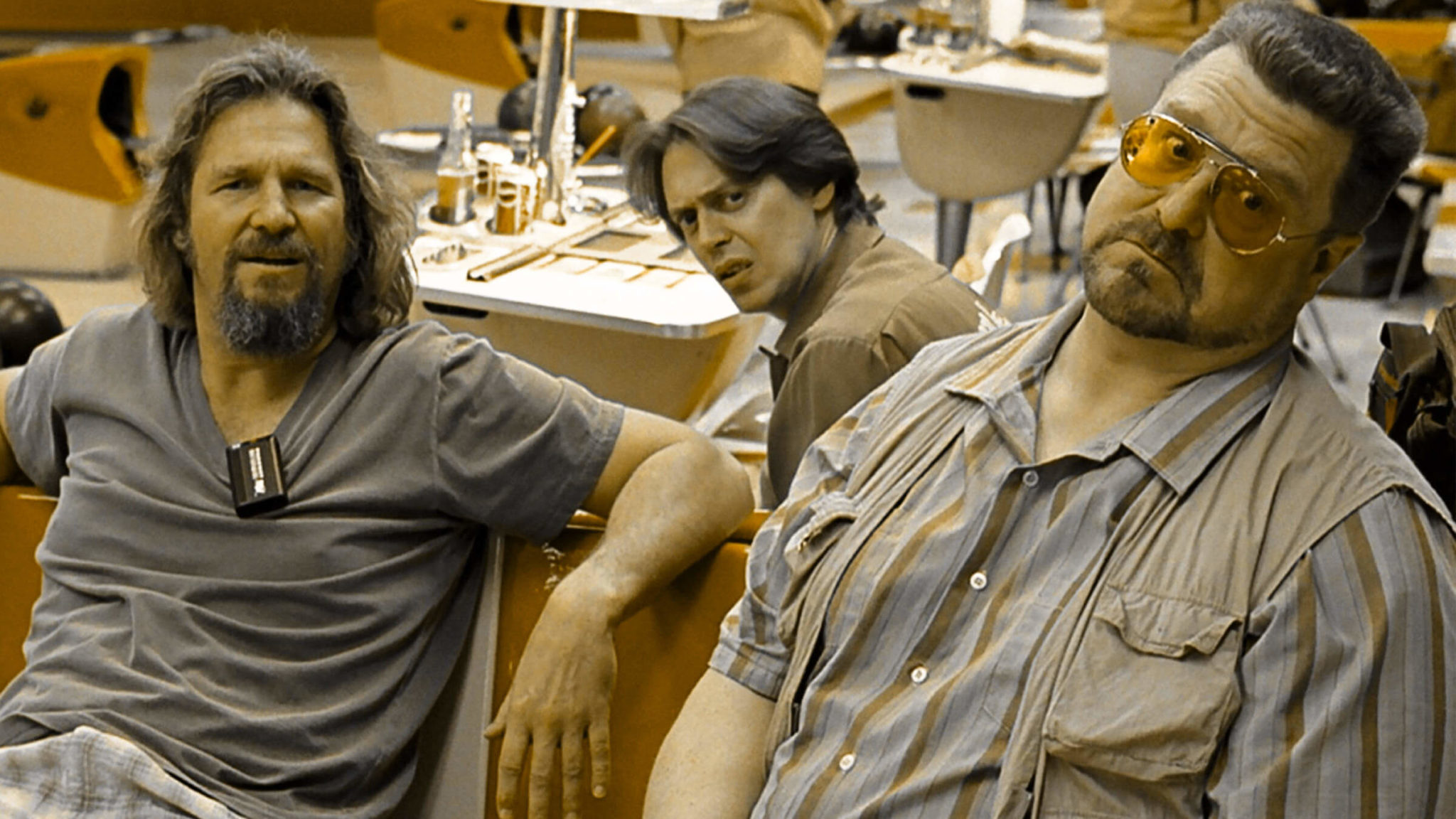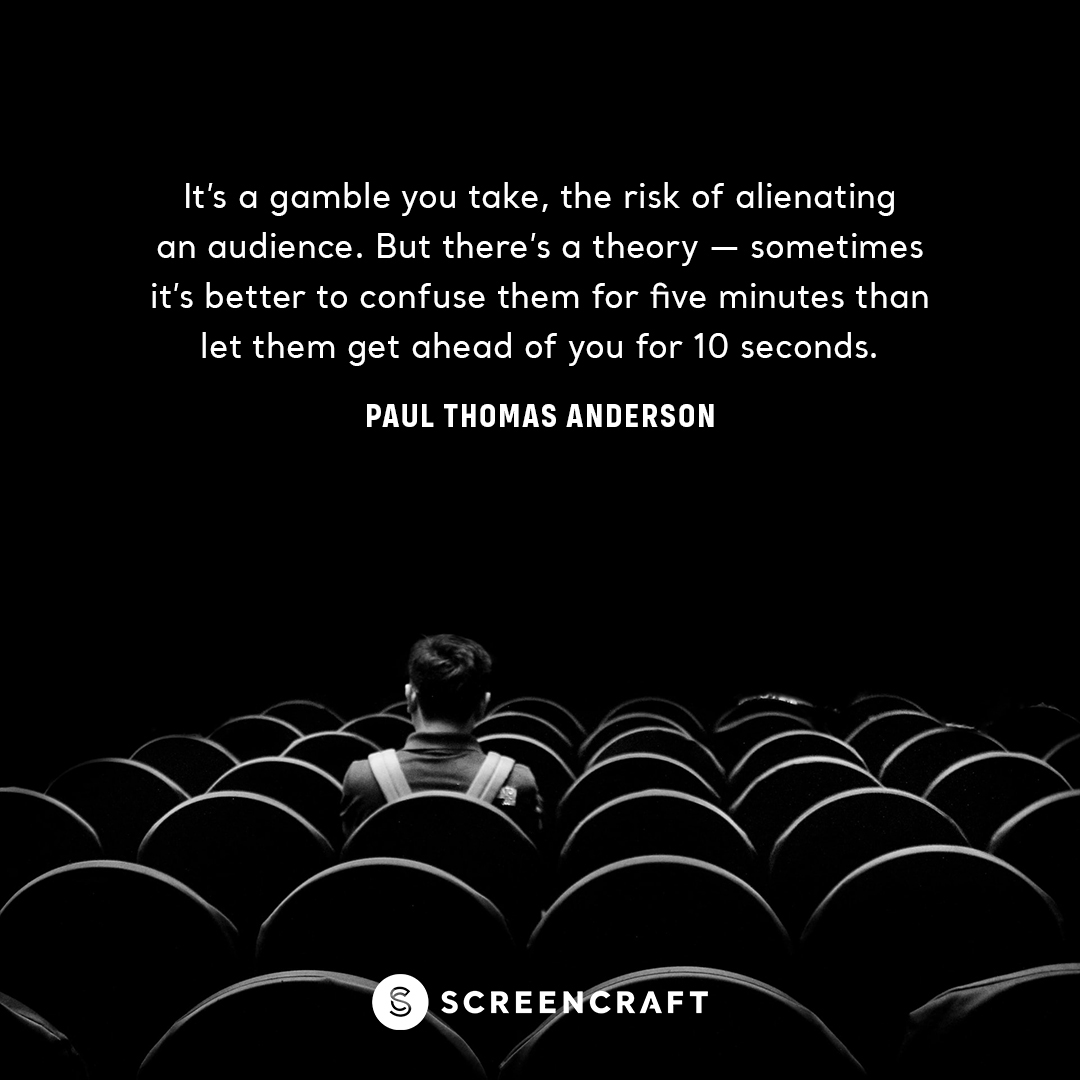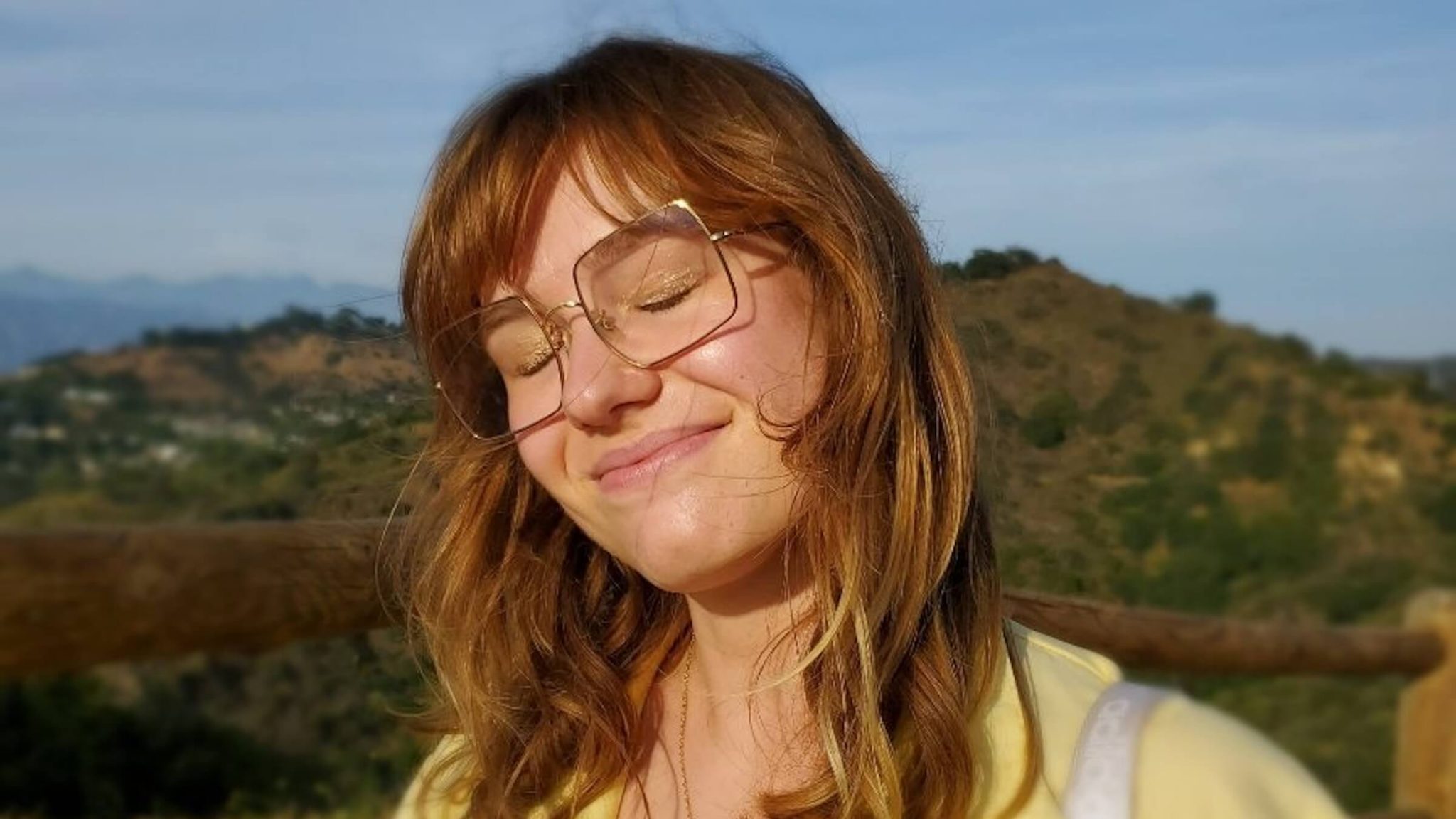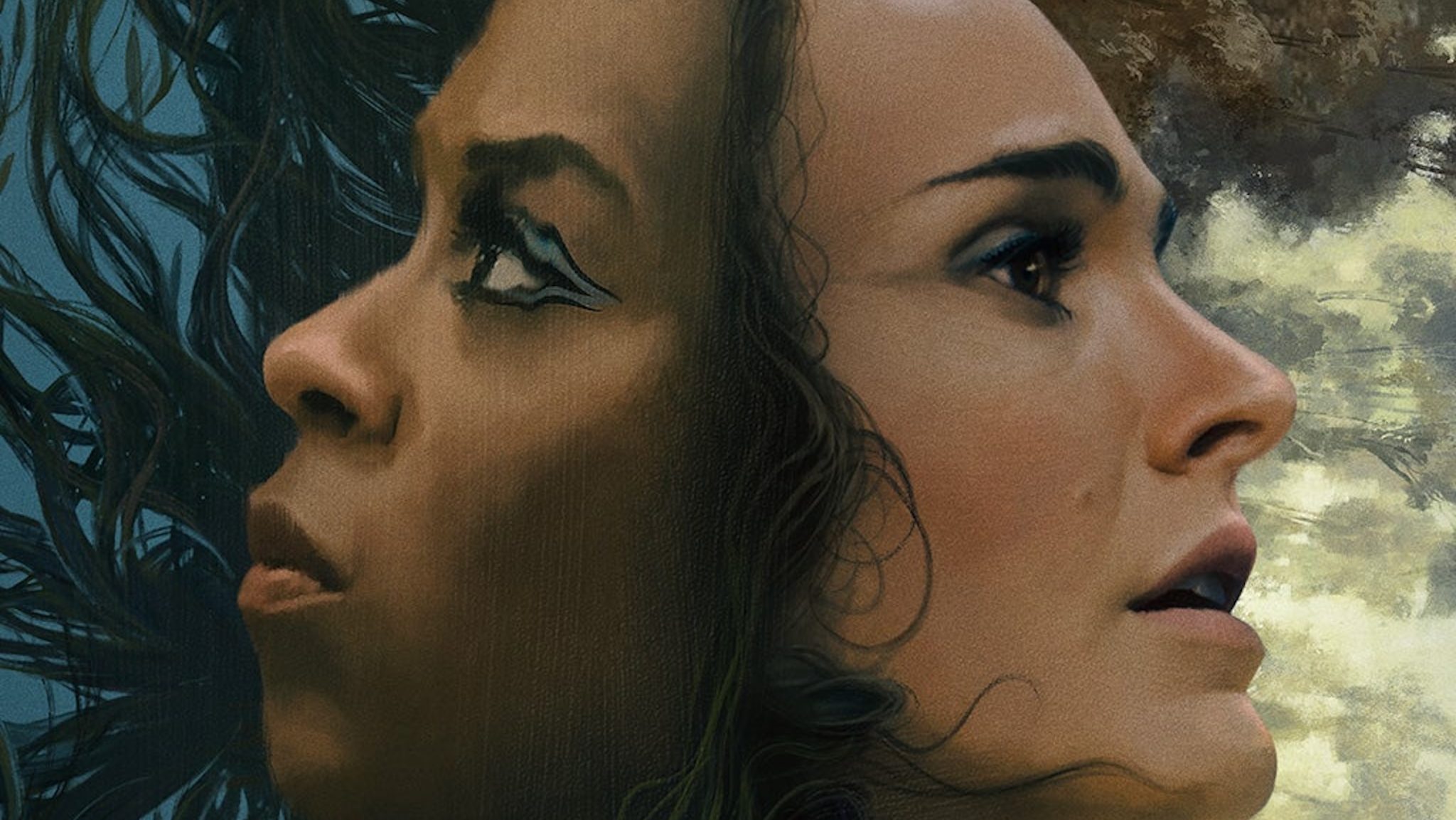‘Wicked’ Is World-Building at Its Best
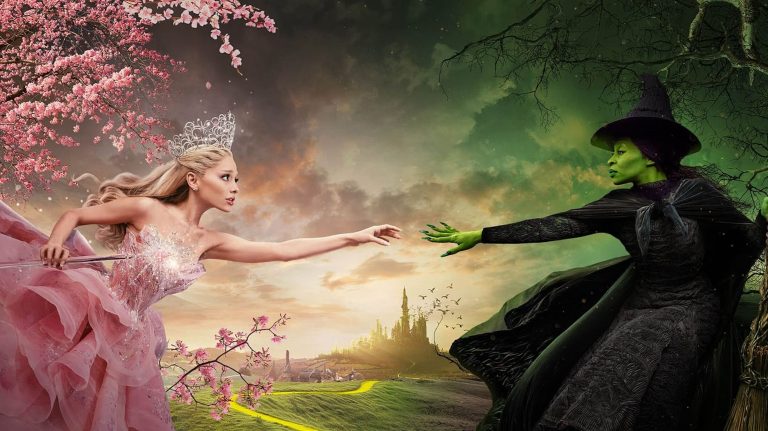
Editor's Note: This post contains spoilers for Wicked: Part One.
Returning to the Land of Oz nearly 85 years later has never felt so exciting. Wicked, the adaptation of the fourth longest-running Broadway musical, has finally landed in theaters after an intense stint in development hell and multiple production setbacks. It's impossible to fully explain why this movie musical hits so hard, even though it defied expectations.
Despite its record-breaking opening weekend, Wicked, the first part of a two-part saga, offers valuable lessons in world-building for screenwriters.
What Is World-Building?
Some of the best stories take place in a world that is unlike our mundane reality. From Oz to Hogwarts or something as close to reality as a film noir version of Los Angeles, world-building is how screenwriters can set the tone, rules, and character arcs in the first minutes to help suspend the audiences’ disbelief.
Building a story’s world often happens during the outlining process when screenwriters are trying to implement the story beats in the world. While the world can be built out through action, dialogue, and character dynamics, the way a world is constructed is solely in the hands of the screenwriter.
Wicked creators had a unique challenge of world-building on top of a world that many of us are deeply familiar with. How do you even begin expanding this beloved world that we’ve seen for a third of a century? As Holzman puts it in an interview with ScreenRant, “Some things you can explain and some things you just [follow].”
For instance, when Galinda (Ariana Grande), Elphaba, and the other students arrive at Shiz University, they arrive on boats. According to Holzman, the idea of water came to be a powerful symbol of unconsciousness, and the idea that the flow was taking you to “the place where fantasy could lie.”
In a sense, the water is helping to establish that there is more beyond the yellow brick road, Emerald City, and the very few locations we see in The Wizard of Oz. Already, the world is expanding, but the audience still needs rules about how this updated version of the world operates.
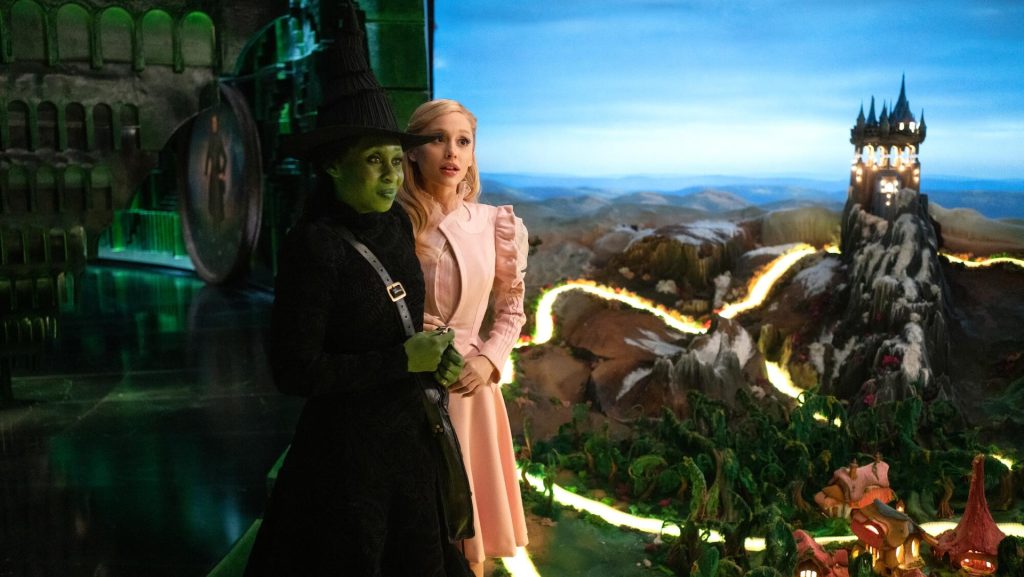
'Wicked' (2024)
Establishing the Rules of the Story
Already, we know that there is a massive time gap and that there was once a land before the Wicked Witch. We don’t see Glinda’s power, but know her preferred mode of transportation is a pink bubble that isn’t fully made by magic. This establishes Glinda’s powers, the technology of the world, and the vastness of the Land of Oz that we’ve never seen before.
Then, we get to see the world-building in action through Glinda’s explanation as to why Elphaba is green. The answer is that she was just born green. There is no rhyme or reason behind it, and the audience just has to accept these facts as truth. Even as Elphaba begins to learn and understand her powers, she is not only healing the wounds of her childhood but also helping the audience learn how magic works in the world.
Why does the lack of explanation work to establish the world’s rules? The screenwriters are so confident that the story is enough to keep your attention and details like why Glinda’s in a bubble or why Elphaba is green don’t matter. And it’s true!
Exposition can be a screenwriter’s biggest enemy, and it is hard to feel that it is not needed. But trust in your skill as a storyteller to craft a story that makes sense of the world it lives in. If you get notes asking the same question about the rules of your world, it is probably more of a question about why that plot point matters to the story or there is a lack of consistency in the rules you’ve established early on.
Read More: Three Easy Ways To Write Good Exposition in Your Scripts
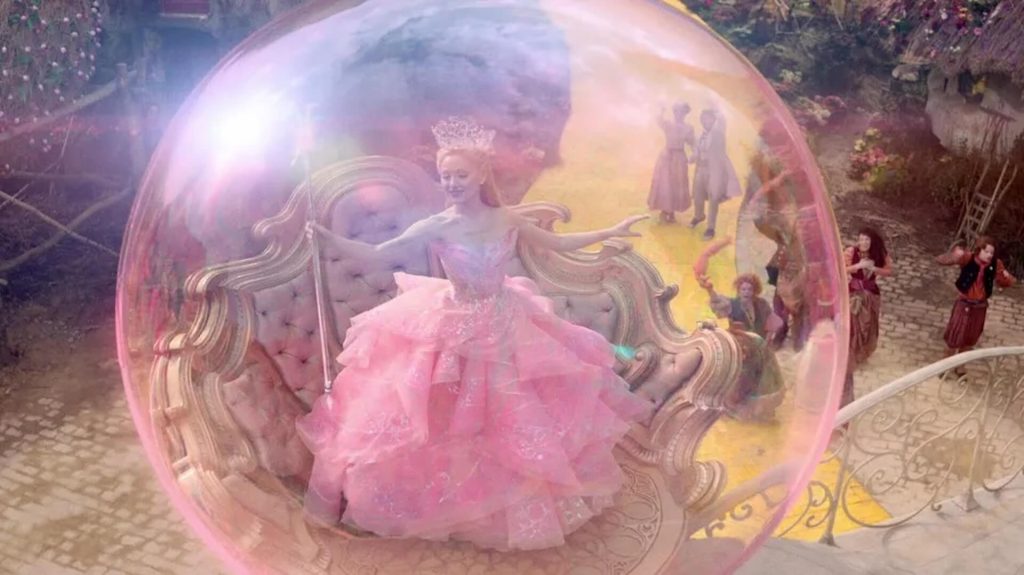
'Wicked' (2024)
Wicked Uses Structure for World-Building
You might have paused earlier when I mentioned how this movie starts. Yes, for the uninitiated, the start where The Wizard of Oz ends before taking us back to Elphaba's origins. This structure promises to give the audience an explanation of how she becomes the Wicked Witch of the West, and why her death was celebrated.
Already, we are invested in the world because the story is telling us that there are things we don’t know about this world.
Even if the world you are building isn’t as fantastical as Oz's, knowing how you’re going to structure your story can help you establish boundaries to your imaginary world and those existing in it. You don’t have to dump everything about the world into the first few moments. Instead, let the world expand and breathe as we explore it with the protagonist.
Read More: 8 Sequence Structure: The Best-Kept Screenwriting Secret
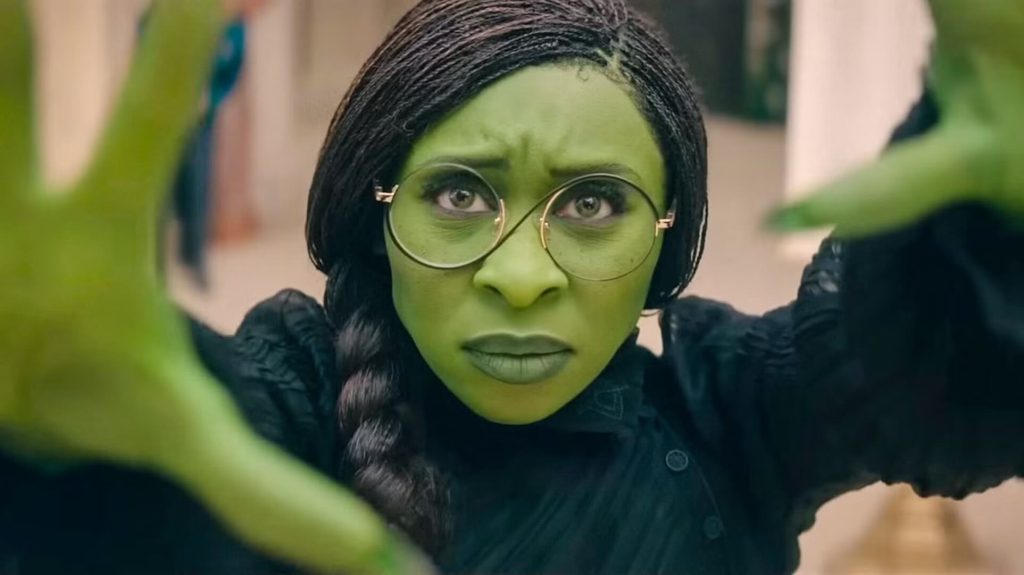
'Wicked' (2024)
Wicked Uses an Audience Surrogate
In every story, the audience needs someone to ground them to the strangeness of being introduced to a new world. These characters are often the audience surrogate or the characters in the story that act as a stand-in for the audience.
Throughout Wicked we are often seeing the world through the background characters. We know Elphaba is immediately disliked since birth by her father’s reaction to her being green, othering her even before we see her and complicating the Wicked Witch’s wickedness. We continue to see Elphaba’s otherness through background characters who point or snicker at her for her appearance.
Sure, we don’t agree with the background character’s reactions all of the time, but they are acting as our entry point into the way of the world, and the prejudices that define it.
Your main characters have a journey to focus on, so let your background character help define and flesh out the world for your readers.
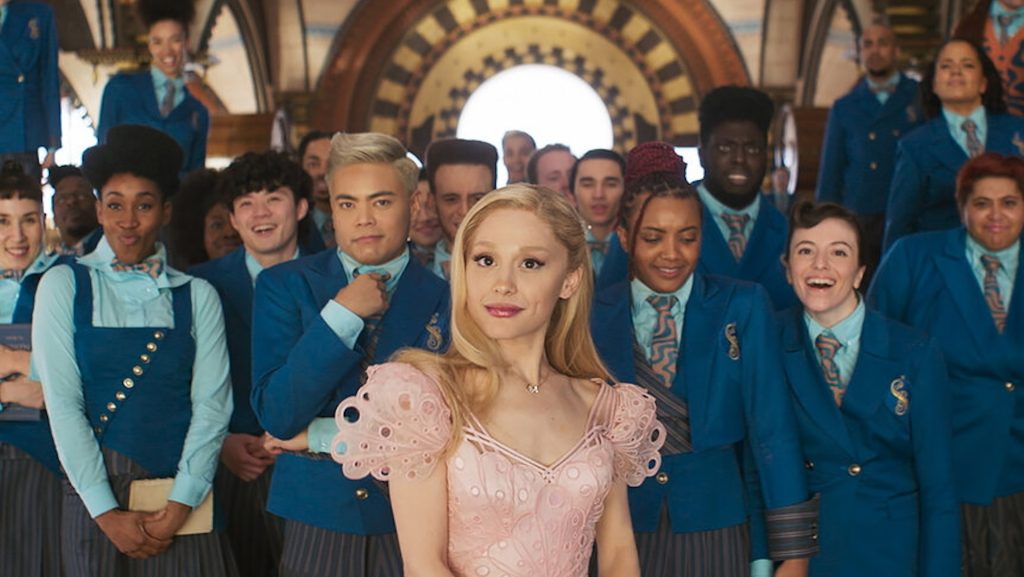
'Wicked' (2024)
---
Wicked: Part One is a breathtaking film that has turned the Land of Oz into something bigger than it already was. Not only is that an accomplishment to the imagination of the world’s creators, but teaches screenwriters how to build and expand a world through rules, structure, and character dynamics.
Exposition and long-winded descriptions can bog down your screenplay. Keep it tight through the nuances of reactions and smart screenwriting and, my fellow, Ozians, you will create an exhilarating world.
Read More: How To Develop and Write Great Antiheroes
Check out our Preparation Notes so you start your story off on the right track!
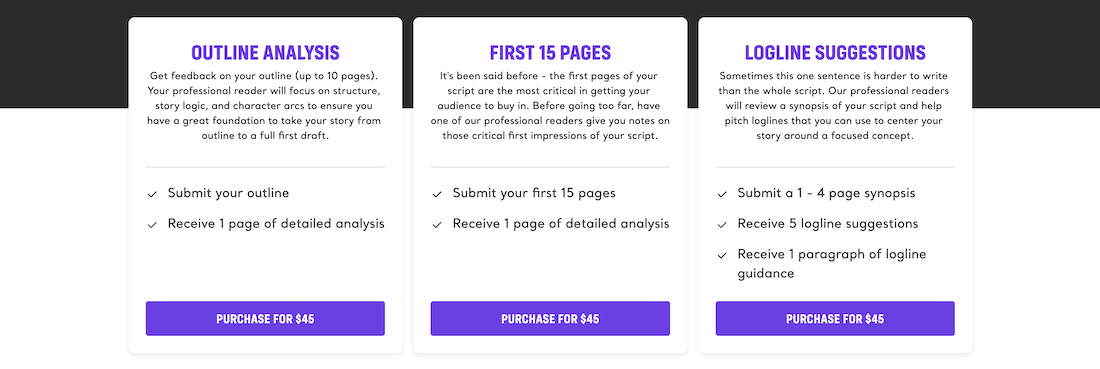
Tags
Get Our Screenwriting Newsletter!
Get weekly writing inspiration delivered to your inbox - including industry news, popular articles, and more!


